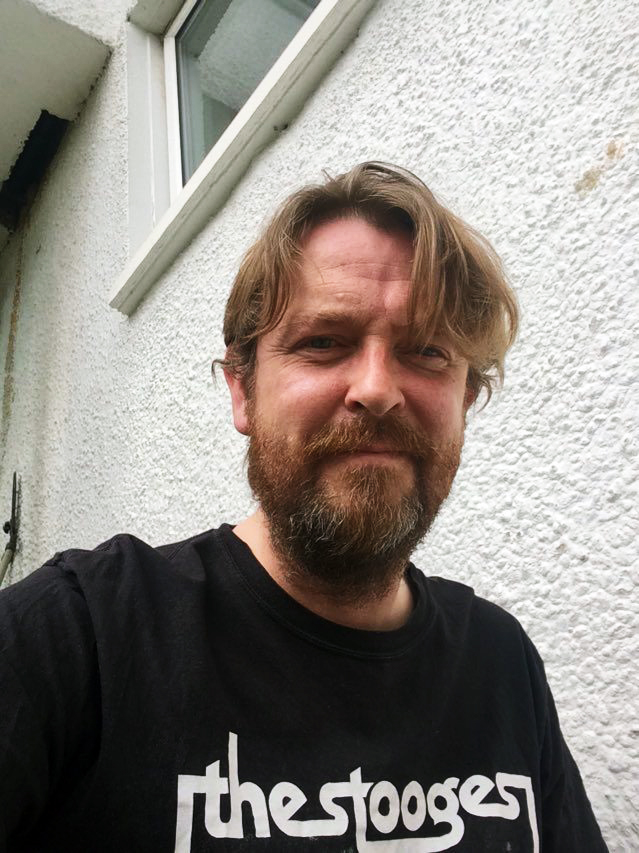"Costs associated with governance, managing finances and investment in vital areas like child protection and safeguarding should not be attacked
Charities have defended themselves following the latest attack from a right wing tabloid.
The Mail on Sunday (MoS) ran a hatchet job on third sector groups, questioning how much is spent on chief executive pay and backroom running costs.
It said that the most recent accounts of ten of the UK's largest charities shows they spent £225 million on governance and support costs.
Two charities, Marie Stopes International and Save the Children International, came under fire for paying their chief executives more than £200,000 a year.
The MoS said that it analysed the accounts of Britain's ten largest mainstream charities by income: Save the Children International, Save the Children UK, Cancer Research UK, the National Trust, Oxfam, the British Heart Foundation, Sightsavers, Barnardo's, Marie Stopes and the British Red Cross.
Of the ten, the National Trust, as distinct from the National Trust for Scotland, recorded the highest backroom costs. The MoS said that £61.9m of such expenses were included in charitable spending of £533.7m. This included expenditure on governance, human resources, legal activity, IT, administration and finance.
The paper also quoted anti-Brexit campaigner Gina Miller, who has said charities must be more transparent about where and how donors’ cash is spent.
She is quoted as saying: “"Well-run charities, like any organisation, need to spend money on running their operations in an effective and efficient manner. But I believe it is misleading to donors to roll up all these costs. It is clearly absurd that charities are allowed to hide large elements of their costs within their disclosed charitable spending number."
"If a charity receives £100 and after overheads £50 is available for spending on the genuine end charitable activities, donors should be told this rather than misled."
John Downie, director of public affairs at the Scottish Council for Voluntary Organisations, said: “The distinction between back office costs and charitable activities is a false one – everything a charity does, at every level, should be supporting its overall mission.
“Staff costs, costs associated with governance and managing finances and investment in vital areas like child protection and safeguarding should not be attacked – they are the backbone of effective, well-run organisations and core to success.
“Focusing on charity chief executive pay may make for a good headline but the reality is that they are mainly paid staggering amounts less than their public and private sector equivalents in jobs with similar responsibility.”
He added: “SCVO focuses on promoting good governance within organisations to ensure they are well run, open and transparent – because that’s what matters.”
A spokesman for Marie Stopes International told the MoS: "We are committed to transparency, which is why we also publish a clear and detailed breakdown of our income and expenditure in our annual report, free to view at the Charity Commission website and our own."
The recent tabloid story was just the most recent attacks from the Mail stable – the Scottish edition of the Daily Mail was accused of irresponsible journalism in 2017 after the paper published two days’ worth of articles ostensibly exposing individuals and charities receiving public money.
A tranche of stories depicted the sector as siding with “SNP paymasters" while describing many of the sector’s leading figures as Scottish Government “sock puppets”, implying they were controlled by civil servants.
The right-wing paper also published a bizarre story about how four “charity fat cats” lived in the same street in Edinburgh, suggesting they were supported by public money which was in turn “greasing the wheels of the third sector”.
The stories were dismissed as a “lame attempt to belittle a vibrant third sector”.







